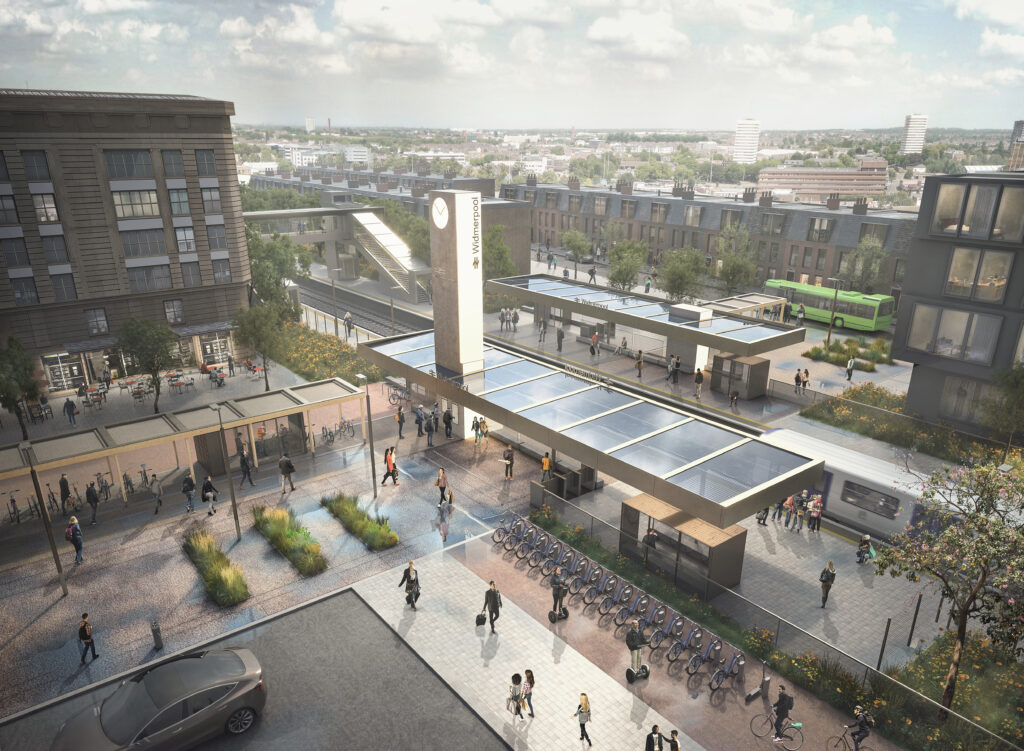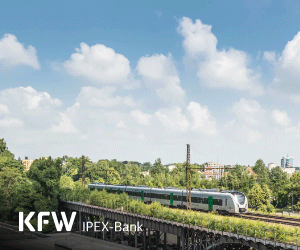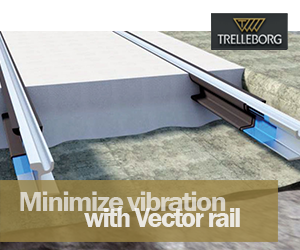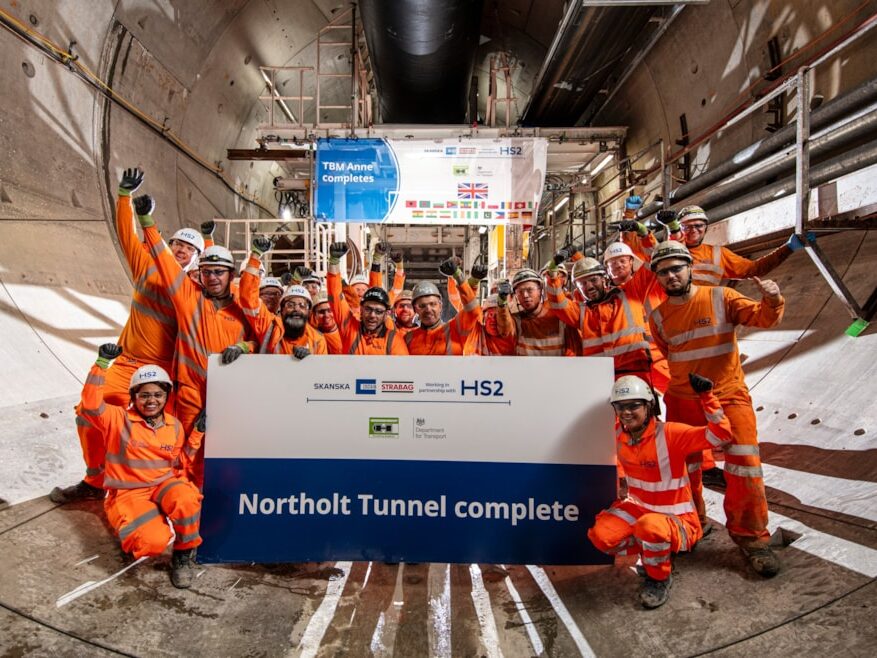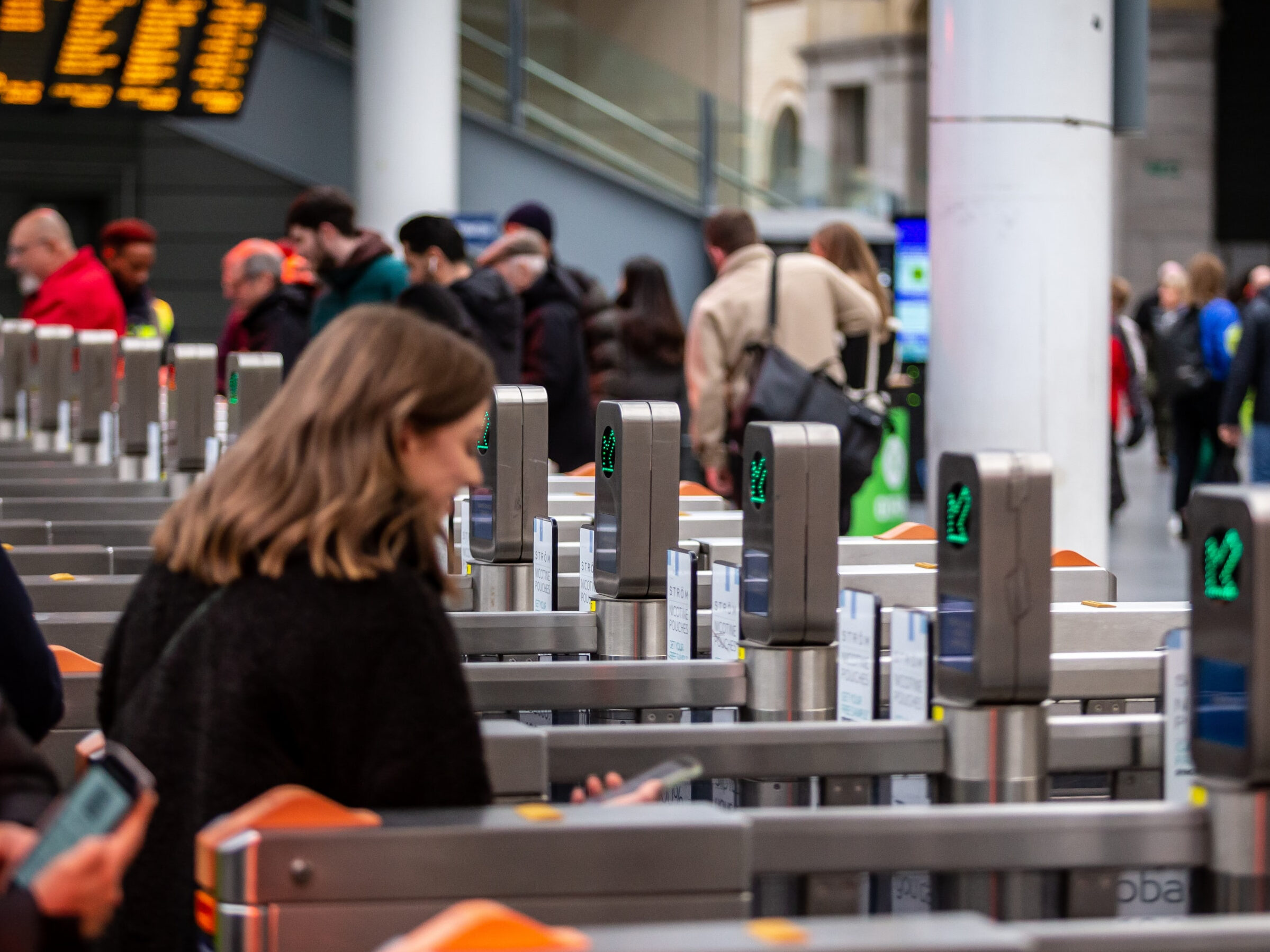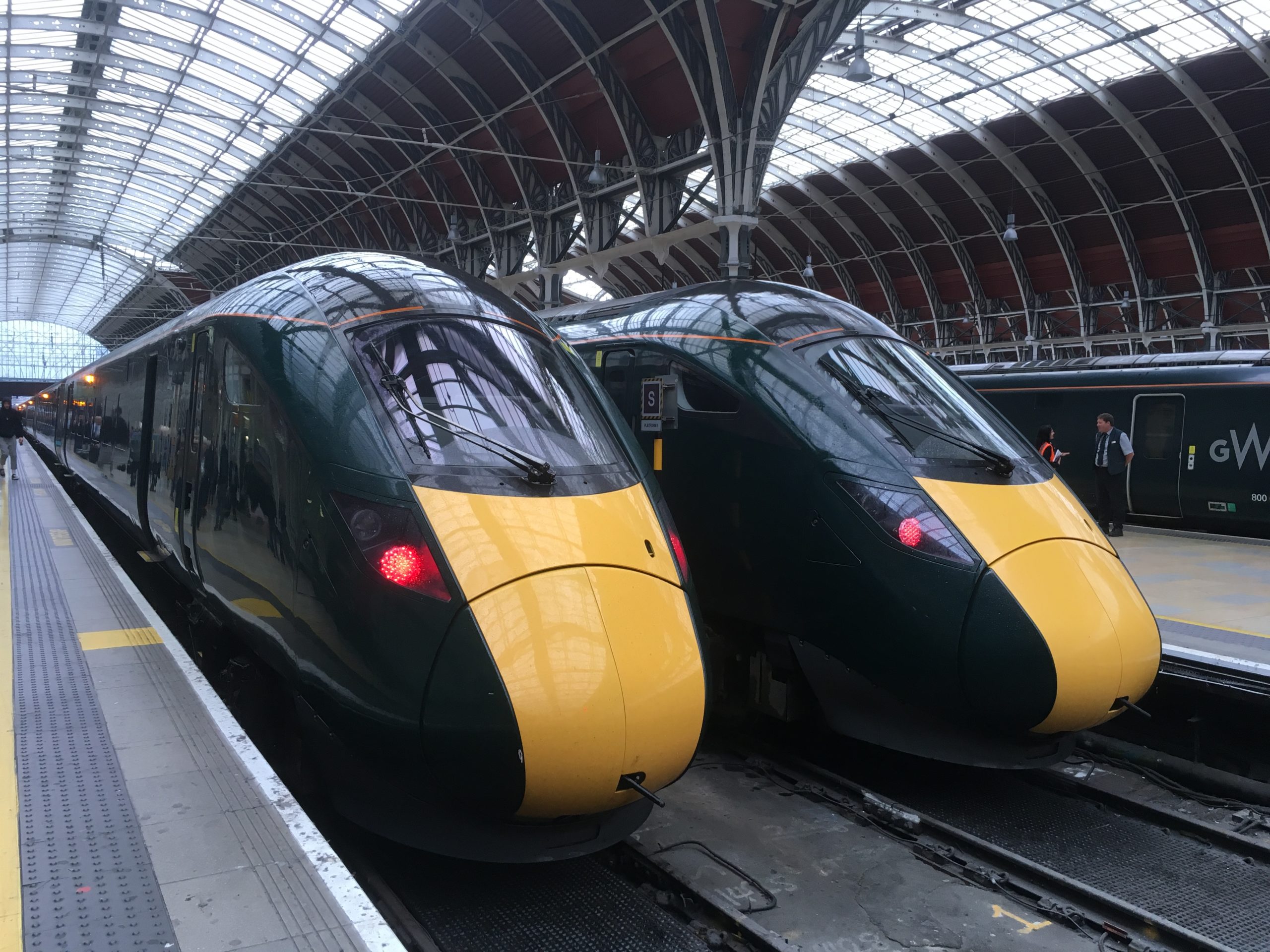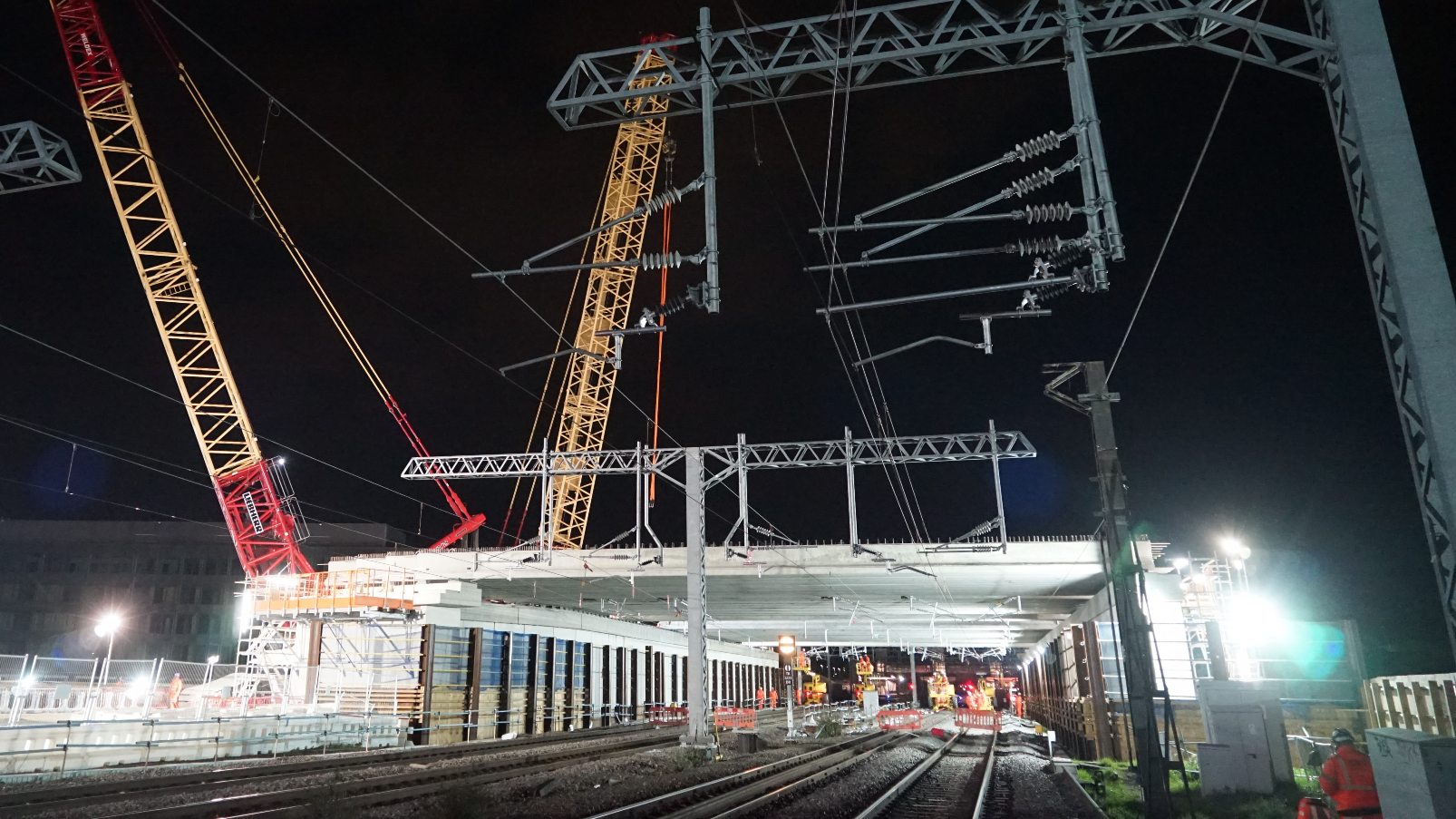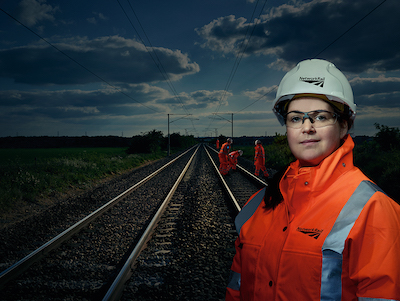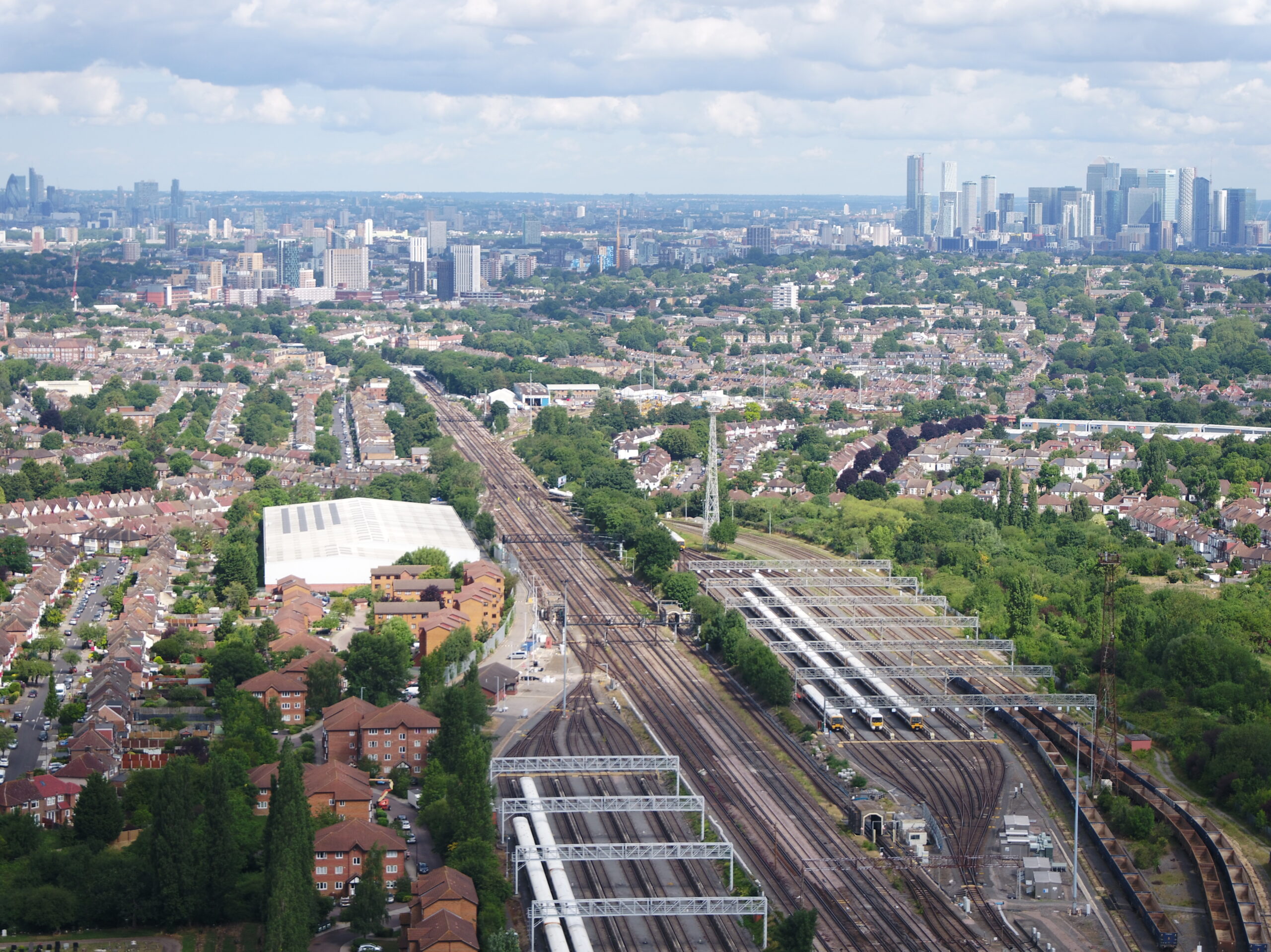Edinburgh-based architectural practice, 7N Architects, has won a competition to shape Britain’s future railways, Network Rail and the Royal Institute of British Architects (RIBA) have announced.
The contest asked architects, engineers and designers from across the world to suggest how small to medium-sized stations could improve the travel experience of millions of UK rail passengers. More than 200 entries from designers based in 34 countries were submitted.
7N’s winning entry considers the needs of both passengers and local communities. The station frontage includes a clock tower, which serves as a local landmark and a space for social activities. Beyond the station entrance, platform canopies provide shelter for passengers. The station’s modular design can be integrated into a variety of locations that complement the local landscape.
Anthony Dewar, Head of Buildings and Architecture at Network Rail, said:This competition offered a unique opportunity to reimagine what a railway station can be in the 21st century, creating an environment that better serves the passengers and communities who rely on the British railway network and leave a lasting legacy on station design.
Panel members thought the winning concept had been cleverly pared back to create an open and flexible system which, with minimum component parts, would transform people’s experience of the station while aligning with Network Rail’s aspirations to be carbon neutral by 2050.
The design cleverly incorporates the capacity to generate renewable energy to provide most of the station’s power by using translucent photovoltaic panels that also provide shelter from the elements.
Alan Jones, RIBA President, said:This is a highly innovative, compelling and forward-thinking solution that will have a hugely positive impact on future station design. Congratulations to 7N Architecture – I'm excited to see the scheme develop.
7N Architects will now work closely with Network Rail project representatives to develop the design into a formal proposal that addresses a prescribed set of technical requirements, including consideration of construction methodology.

